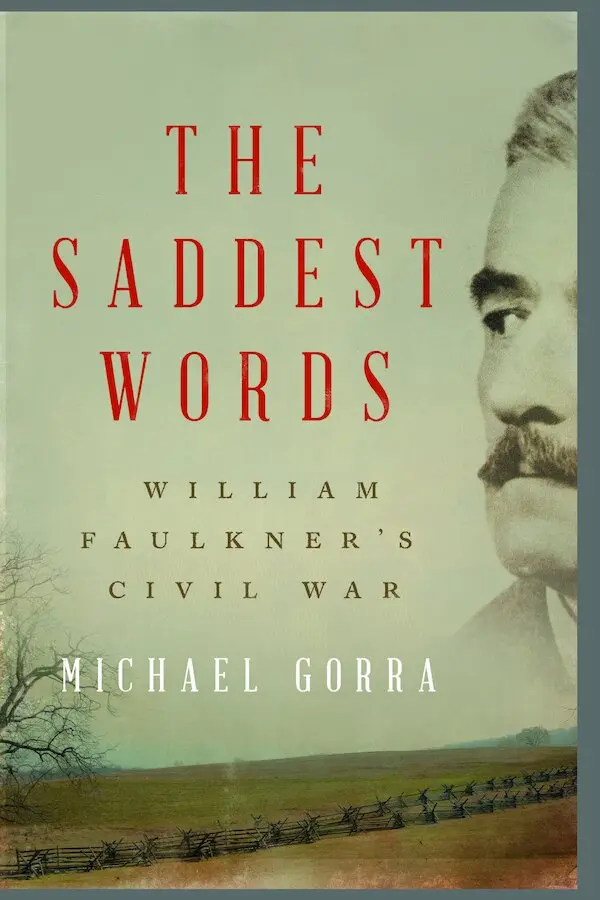
My thoughts, lately, have been turning toward the green. Not environmental green, but Irish green.
A couple of years ago, my brother did one of those “Spit in a tube and mail it in” DNA tests. We’d always understood our heritage to be (in this order) English, Irish, French, and German. The results mostly corroborated that, except in the order: Irish (County Cork, Irish, in fact) led the blood pack, with 38 percent of our DNA. English (Midlands) was in second place at about 18 percent, followed by English (London) at about 10 percent. French (Alsace Lorraine) was there, to be sure, and so was German (Saxon). We even had a surprising 7 percent Scandinavian, which I suspect went back to the Vikings conquering England and Ireland.
The Irish, as it turns out came from our father’s side of the family, through both of his parents. On his father’s side, it likely came sometime in the 18th and early 19th centuries, on his mother’s, mostly the 19th century.

The Irish had been emigrating to North America for a considerable period of time, likely as long as European emigration has existed. But it was in the 1840s that Irish emigration became a flood to America, following the Potato Famine. By the time of the Civil War, Irish immigrants accounted for 1.5 million of the total U.S. population (slave and free) of 31.5 million. The U.S. population had increased 35 percent from 1850 to 1860, and a considerable portion of that increase was due to immigration.
Some 200,000 Irishmen / Irish Americans fought in the Civil War. Most fought on the Union side, but about 20,000 signed on as Confederate soldiers. They brought with them their history, their political leanings, and their experiences with the famine and immigration. And they brought their songs.
Catherine Bateson, a lecturer in American history at the University of Kent in England, has documented the importance of Irish music, ballads, and songs in Irish American Civil War Songs: Identity, Loyalty, and Nationhood. I knew that music was important for both sides during the Civil War; it was used for marching, ceremonial activities, rest periods, and even for propaganda purposes with both soldiers and civilians. Thousands of songs and hymns were written and sung during the war years.
As Bateson makes clear, the Irish brought with them their longstanding love of ballads and music. They told stories with their songs and ballads, tales of victories and defeats. They expressed their political leanings (and desire for independence from Britain). And their music made its way into general overall American music, including to provide the music (and some of the lyrics) for “The Bonnie Blue Flag,” the Confederate anthem, and “The Fighting 69th,” the song of the famed Irish brigade from New York that provided the basis for so many other songs then and afterward.

Bateson describes the background of Irish music and songs in mid-19thcentury America; how Irish American Civil War songs were produced; the ballads of the battlefield; how lyrics reinforced Irish cultural identity and Irish nationalism; how the songs and ballads expressed wartime politics; and how their music provided Irish Americans with identity and expressions of loyalty. Irish American music celebrated their military leaders, like Thomas Francis Meagher and Michael Corcoran, and their music provided solace after devastating defeats like the Battle of Chancellorsville in 1863.
Bateson received her undergraduate degree in history from University College London and spent a year abroad studying at the University of Pennsylvania. She received an M.A. degree in American Studies from King’s College, London and her Ph.D. in history from the University of Edinburgh. She’s also an associate editor in the Irish in the American Civil War project and a former vice-chair of the Scottish Association for the Study of America.
Irish American Civil War Songs provides a detailed study of some of the important music associated with the Civil War. It also opens a window into what some 200,000 soldiers sang during the war, and how their music provided very specific meanings.
Top photograph: Soldiers of the Fighting 69th (Irish) Brigade. Michael Corcoran is standing at left, his hand on the gun carriage wheel. Thomas Francis Meagher is standing behind the gun. Photo courtesy of the Library of Congress.



















